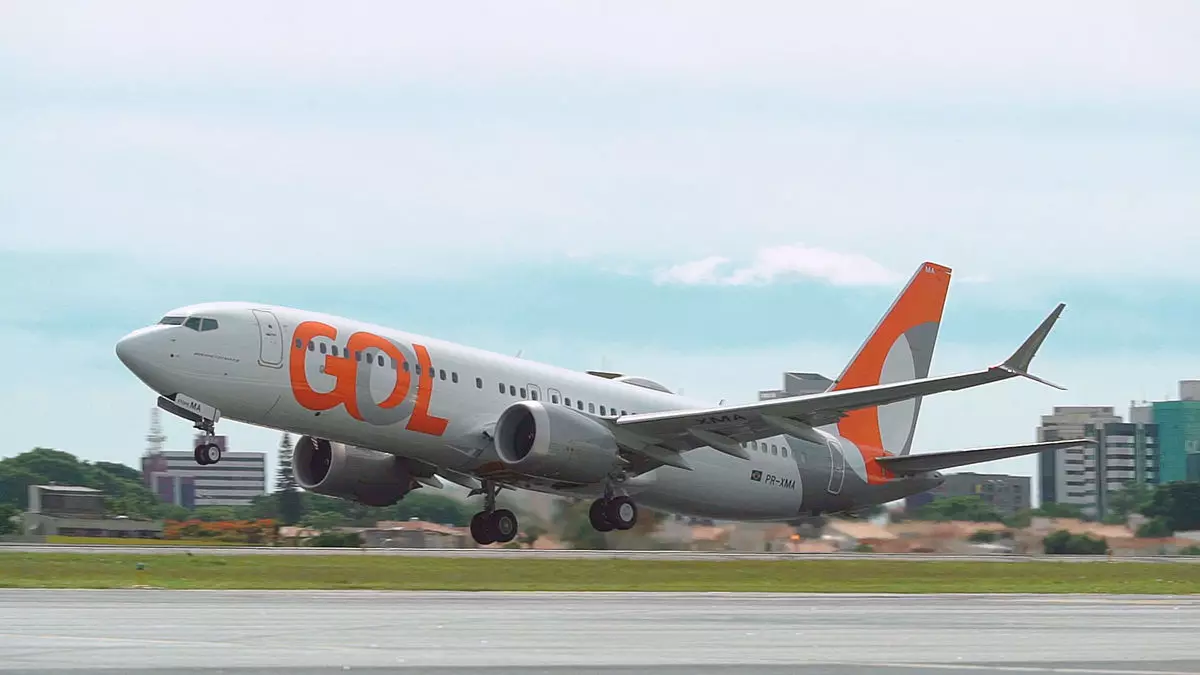In a pivotal maneuver that could reshape the Brazilian aviation landscape, airline giants Azul and Gol have initiated discussions to potentially merge their operations in both domestic and international markets. This preliminary agreement, encapsulated in a nonbinding memorandum of understanding, sets the stage for negotiating economic terms conducive to a formal alliance. However, the realization of this partnership hinges on regulatory evaluations and the successful restructuring of Gol Airlines, which has been navigating the waters of Chapter 11 bankruptcy since last year.
Gol Airlines, now predominantly under the ownership of Abra Group, faces significant obstacles on its recovery path, making the proposed merger not just a strategic partnership but a crucial lifeline. Abra Group holds sway not only over Gol but also possesses a controlling interest in Avianca, a significant player in Colombia’s aviation sector. Manuel Irarrazaval, the CFO of Abra Group, has heralded this potential alliance as a transformative strategy aimed at enhancing their footprint in the competitive Brazilian market, pushing for a more robust global network that elevates both airlines’ value propositions.
Under the terms being discussed, Azul and Gol would maintain their individual operating licenses and distinct brand identities while combining their financial frameworks and coordinating service offerings. This dual strategy allows them to leverage collective resources while preserving brand loyalty, a critical factor in maintaining existing customer bases.
The prospective alliance could redefine the competitive dynamics of Brazilian air travel, projected to command a substantial 61.4% market share of passengers in Brazil by 2024 following the combine. Such a shift inevitably raises concerns among antitrust regulators. The potential for reduced competition in the Brazilian market, traditionally dominated by players like LATAM, must be meticulously scrutinized.
Despite these concerns, both airlines assert that a merger could lead to an uptick in available flights across Brazil and internationally and an enhancement of customer services. In the current travel landscape emerging from the pandemic, increased operational efficiency and expanded route networks could be essential in enticing travelers back to the skies.
Connectivity and Future Prospects
Currently, Azul boasts nine U.S. routes running from Florida’s Fort Lauderdale and Orlando, while Gol maintains five routes to Miami and Orlando. The integration of these flight paths would not only amplify geographic reach but also provide seamless connectivity between the two airlines, thus enhancing customer convenience and travel options. The coalition promises a more comprehensive service portfolio and could become a formidable competitor against other South American carriers.
The potential merger of Azul and Gol represents a significant shift in Brazil’s aviation landscape, with implications reaching far beyond mere market share. As they navigate the complex waters of restructuring and regulatory assessments, the outcome of this partnership could either forge a path to unprecedented growth and customer service enhancement or stand as a testament to the challenges faced by the airline industry in a recovering global economy.

